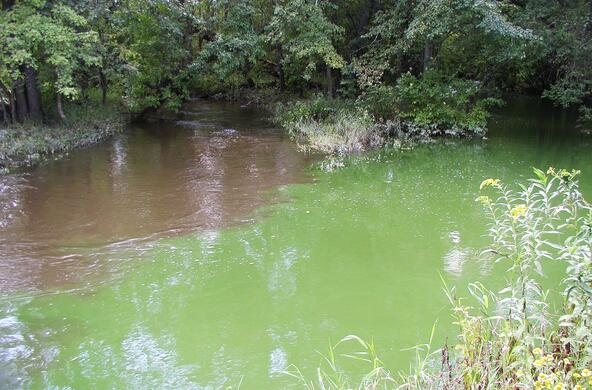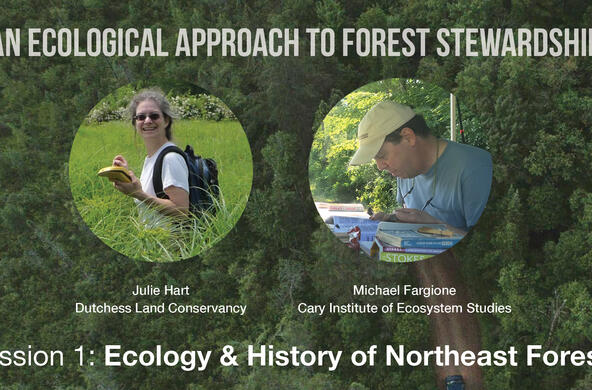We tend to think of nature as having reliable patterns; the leaves turn color each autumn, seasonal birds come and go. But there are also examples of sudden, unexpected changes in the environment around us. These rapid shifts occur when an ecological threshold has been crossed, either from a series of small changes or one abrupt change.
Take the case of Florida Bay, a shallow lagoon at the southern tip of Florida. For as long as anyone could remember, the clear water bay was dominated by seagrass, a rooted aquatic plant. Then, in the early 1990s, its waters became murky and choked with phytoplankton blooms. A combination of factors pushed the ecosystem over the edge, including nutrient inputs from septic systems, water diversions, the removal of plant-eating animals (manatees) and drought.
Multiple drivers were also behind the dieback of arid forests, grassland and shrublands in the southwestern United States. During the 1990s, livestock overgrazing, decades of fire suppression, and an increase in climate variability merged to create vulnerable ecosystems. The result: massive insect outbreaks devastated forests and an unprecedented amount of land was consumed by wildfires.
In the Pacific Northwest, a change in water allocation led to the decline of two endangered fish species. Marshes in the Klamath River basin were drained to provide water for nearby agricultural operations. When several years of drought hit in the late 1990s, the ecosystem tipped. Nutrient loading led to a drop in water quality and blue-green algae took over. In 2002, Lost River sucker and shortnose sucker populations collapsed.
Functioning ecosystems provide humans with essential services, such as clean water and protection from disease. Protecting these services requires managing ecological thresholds. One step is recognizing things such as damming, intensive farming and grazing can produce complex shifts in nearby ecosystems, especially when human changes are accompanied by unexpected natural events, such as extreme climate events.
Stability Important
Thresholds can be managed by supporting stable ecosystems, which are less prone to collapse. The two key components of ecosystem stability are resilience and resistance. Resistance is an ecosystem's ability to remain stable when confronted with a disturbance. Resilience is the speed at which an ecosystem recovers from a disturbance. For example, resistance refers to a forest's ability to withstand a windstorm; resilience refers to how quickly felled trees would grow back.
Given enough disturbance, systems can cross an ecological threshold that is difficult to reverse. In stable systems, if a windstorm blows down a forest, it recovers after the storm. But if the forest is compromised by invasive pests, and the windstorm is followed by a severe fire and a heavy rainstorm that washes away the soil, a non-forest ecosystem would likely take its place.
What can we do to prevent undesirable threshold changes in ecosystems? Or, put another way, what can we do to increase the resistance and resilience of ecosystems? This is an active topic of research at the Cary Institute; some ideas are emerging.
First is to maintain a diversity of plants and animals in an ecosystem. Humans have a tendency to simplify ecosystems to maximize one particular output. But this makes them more vulnerable to collapse or sudden change and should be avoided. Second is to minimize multiple stresses. As illustrated with the earlier examples, threshold changes are often associated with a combination of stresses, such as excess nutrients, species loss and overharvesting.
A diversity of flora and fauna is good. A diversity of environmental stressors is not. This seems straightforward enough, but in today's changing world managing ecological thresholds is one of the greatest challenges facing environmental scientists. Success will rely on collaborative research, environmental monitoring and policies that value the myriad important services that functioning ecosystems provide.







